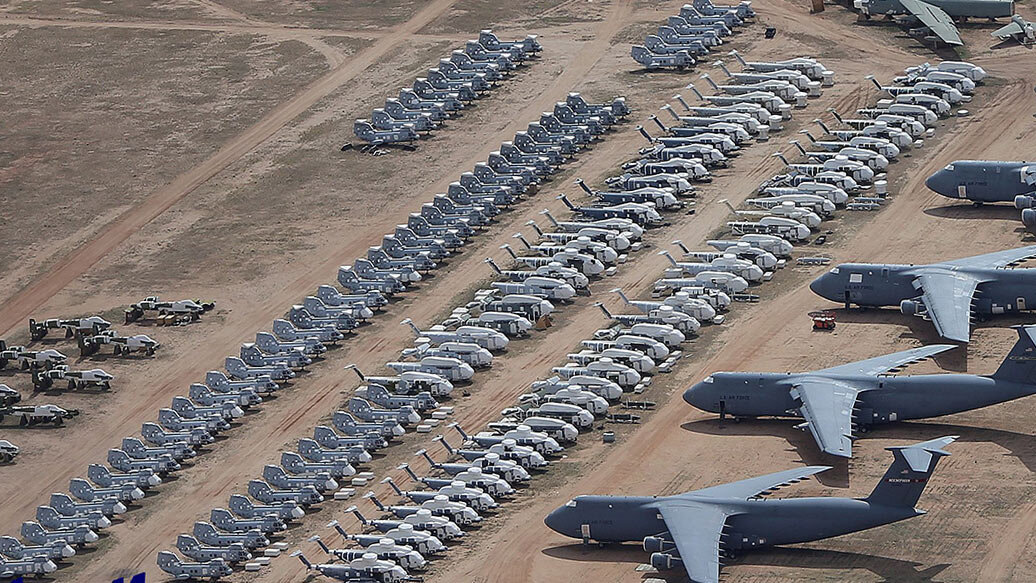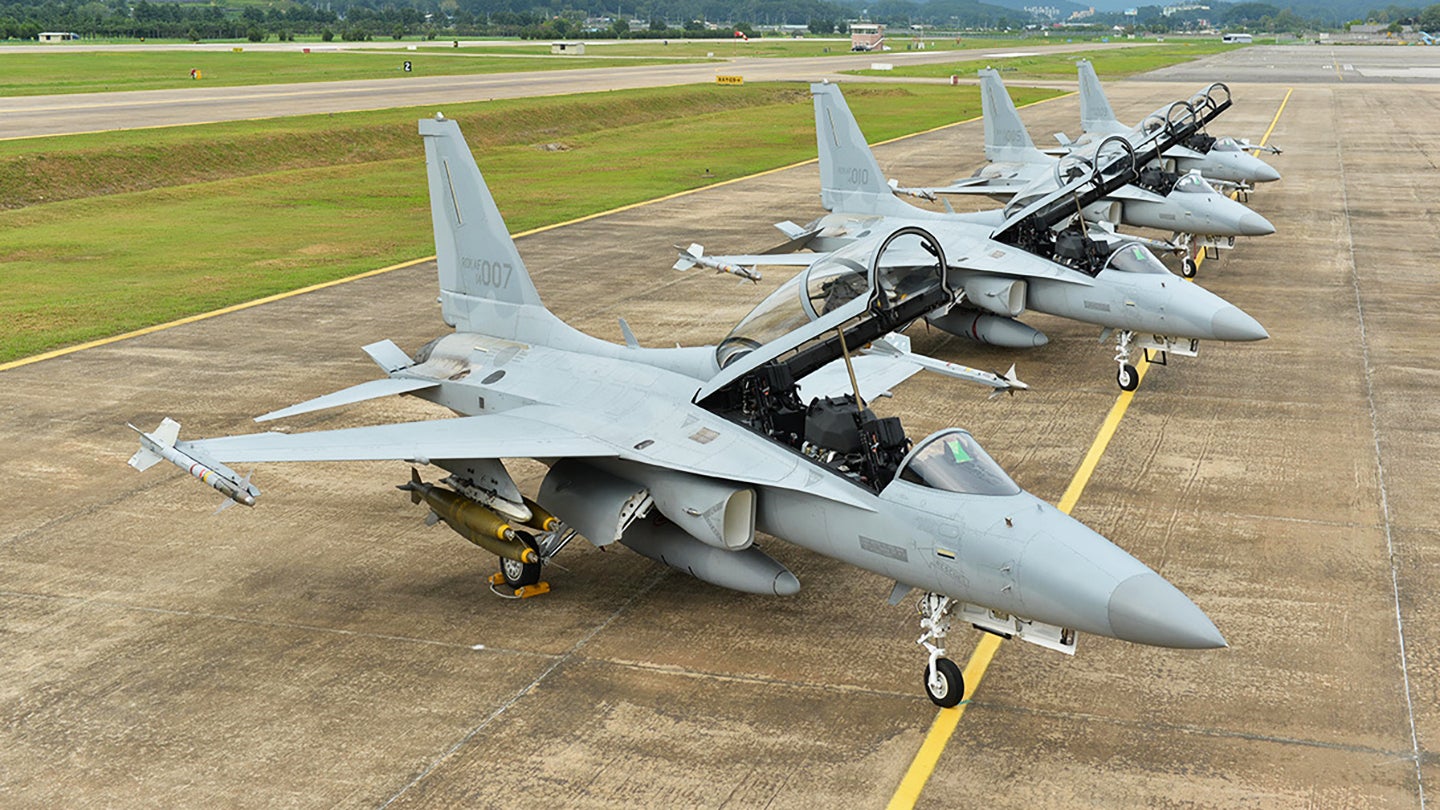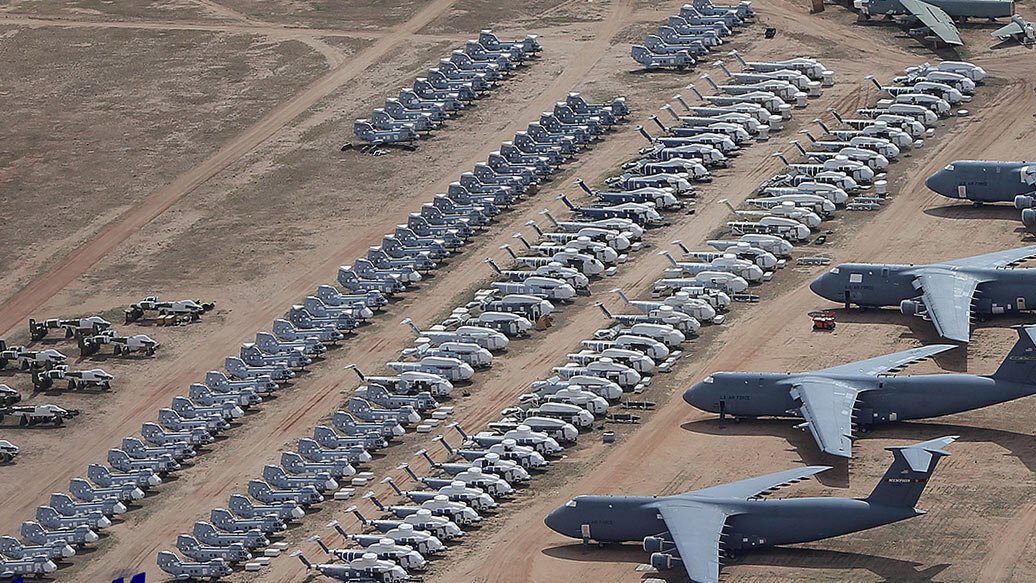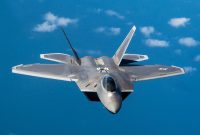In the vast expanse of the Arizona desert, where the sun blazes relentlessly and the silence is deafening, lies a surreal and somewhat haunting site. It’s a sprawling aircraft cemetery, a final resting place for over 3,000 retired military aircraft. These majestic machines, once the epitome of cutting-edge technology and formidable military power, now sit silently, bearing witness to a bygone era. In this article, we delve into the world of this unique aircraft cemetery, exploring its history, purpose, and the intriguing stories behind some of the retired aircraft that call it home.

The Boneyard of the Desert

Officially known as the 309th Aerospace Maintenance and Regeneration Group (AMARG), the facility is located at the Davis-Monthan Air Force Base in Tucson, Arizona. It’s often colloquially referred to as “The Boneyard” due to its nature as a storage and maintenance facility for retired military aircraft. Established in the aftermath of World War II, the primary purpose of AMARG is to provide long-term aircraft storage, maintenance, parts reclamation, and disposal.
A Legacy of Military History
The aircraft resting in The Boneyard represent a rich tapestry of military history. They span a multitude of eras, conflicts, and branches of the armed services. From fighter jets to transport planes, helicopters to reconnaissance aircraft, The Boneyard is home to a staggering variety of flying machines that have played vital roles in defense and security.
One of the most intriguing aspects of The Boneyard is the diversity of aircraft types. You can find iconic planes like the B-52 Stratofortress, the massive C-5 Galaxy, and the nimble F-14 Tomcat, among many others. Each of these aircraft has a unique history and served its purpose during the time of its active duty.
The Process of Preservation and Salvage
When aircraft arrive at The Boneyard, they go through a meticulous process of preservation and salvage. Each aircraft is carefully inspected, with particular attention to protecting sensitive technology and equipment. Preservation includes covering engines, sealing openings, and applying special coatings to prevent corrosion. These measures are taken to ensure that if a specific aircraft needs to be reactivated or salvaged for spare parts, it can be done effectively.
An Archive of Military Technology

The Boneyard has sometimes been described as an “archive of military technology.” It’s a vast repository of historical and cutting-edge aircraft. For aviation enthusiasts, historians, and military researchers, it’s a goldmine of information and a place where the evolution of military aviation technology is laid bare.
Aircraft enthusiasts and aviation museums often request specific aircraft or parts from The Boneyard to restore or preserve as living pieces of history. These efforts aim to maintain the legacy of these machines and share their significance with the public.
Resurrections and Second Chances
While many aircraft in The Boneyard will never take to the skies again, some find second chances. Certain planes are chosen for reactivation, restoration, or transfer to other military units. The decision to bring an aircraft back into service is influenced by factors such as technology advancements, strategic needs, and budget considerations.
One of the most famous examples of an aircraft’s second life is the A-10 Thunderbolt II, also known as the Warthog. Initially retired, the A-10 was brought back into service due to its unique capabilities as a close air support aircraft.
A Stoic Reminder of the Past
Walking through the rows of retired aircraft at The Boneyard, it’s hard not to be struck by the stoic reminder of the past they represent. These machines, once the guardians of the sky, have now found their final resting place in the unforgiving Arizona desert. Yet, they remain a testament to human ingenuity, bravery, and the ever-evolving world of military technology.
The Boneyard is a place where the relics of wars and conflicts long past stand as silent sentinels, guarding the secrets and stories of their service. It’s a place where history is preserved, and where the past can be revisited by those who wish to learn from it, remember it, and pay tribute to the men and women who once flew these mighty machines into the realms of the unknown.
Conclusion
The 309th Aerospace Maintenance and Regeneration Group, or The Boneyard, is a unique and captivating site that houses over 3,000 retired military aircraft. It’s a living archive of aviation history, where aircraft from various eras and conflicts rest beneath the blazing Arizona sun. The Boneyard serves as a testament to the evolution of military aviation technology, a resource for historians and aviation enthusiasts, and a place where the past finds a silent but enduring presence in the desert sands. It stands as a poignant reminder of the extraordinary feats of engineering, bravery, and sacrifice that have shaped the course of military aviation history.




